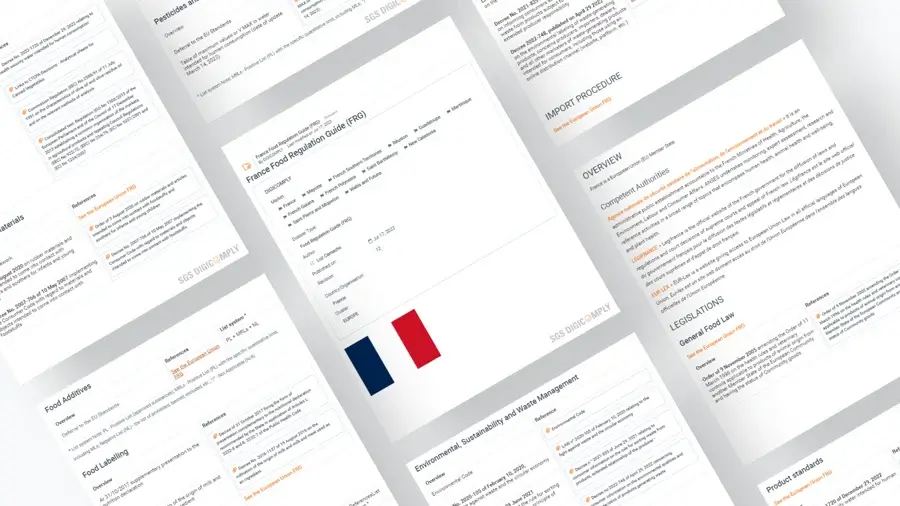What is State Inspection for Sanitary and Epidemiological Surveillance?
The State Inspection for Sanitary and Epidemiological Surveillance plays a critical role in ensuring public health and safety. This governmental body is responsible for monitoring and regulating health standards in various sectors, particularly in the food industry. Its primary focus is to prevent the spread of infectious diseases and foodborne illnesses by enforcing sanitary regulations and conducting inspections at food production and service facilities.
Objectives of the State Inspection
The objectives of the State Inspection for Sanitary and Epidemiological Surveillance are multifaceted. They include:
- Protection of Public Health: The foremost goal is to safeguard the health of the population by ensuring that food products meet safety standards.
- Prevention of Disease Outbreaks: By monitoring food safety practices, the inspection aims to prevent outbreaks of foodborne illnesses.
- Regulatory Compliance: The inspection ensures that all food businesses comply with local and national health regulations.
- Education and Guidance: Providing education to food industry stakeholders about best practices in hygiene and safety.
Inspections and Assessments
The State Inspection conducts various forms of inspections and assessments, which can be categorized into:
- Routine Inspections: These are scheduled assessments that evaluate compliance with health regulations. Inspectors check for cleanliness, proper food handling procedures, and the overall safety of the food environment.
- Follow-up Inspections: Conducted after a facility has been cited for violations, these inspections ensure that corrective actions have been implemented.
- Response Inspections: Triggered by reports of foodborne illnesses or complaints, these inspections focus on identifying potential sources of contamination.
Regulatory Framework
The regulatory framework governing the State Inspection for Sanitary and Epidemiological Surveillance is comprehensive. It comprises laws, regulations, and guidelines that dictate food safety standards. Key elements include:
- Food Safety Laws: Legislation that outlines the requirements for food safety practices in production, processing, and distribution.
- Health Codes: Local and national codes that specify the sanitary conditions required in food establishments.
- Risk Assessment Protocols: Methodologies used to evaluate potential hazards in food production and handling.
Impact on the Food Industry
The State Inspection for Sanitary and Epidemiological Surveillance has a profound impact on the food industry, influencing various aspects including:
Quality Assurance
Through regular inspections, the body ensures that food products maintain high quality and safety standards. This not only protects consumers but also enhances the reputation of businesses that comply with regulations.
Consumer Trust
By enforcing strict sanitary standards, the inspection fosters consumer confidence in the safety of food products. This trust is essential for the sustainability and growth of the food industry.
Economic Implications
Businesses that fail to comply with health regulations face significant consequences, including fines, closures, and legal actions. Conversely, adherence to sanitary standards can lead to increased sales and market competitiveness.
Innovation and Best Practices
The inspection promotes the adoption of innovative practices in food safety management. Businesses are encouraged to implement advanced technologies and procedures that enhance food quality and safety.
Challenges Faced by the State Inspection
Despite its critical role, the State Inspection for Sanitary and Epidemiological Surveillance faces several challenges:
- Resource Limitations: Many inspection bodies operate with limited resources, which can hinder the frequency and thoroughness of inspections.
- Compliance Resistance: Some food businesses may resist regulations, prioritizing profit over public health.
- Rapid Industry Changes: The food industry is constantly evolving, with new products and technologies that require ongoing adaptation of inspection protocols.
Future Directions
To enhance its effectiveness, the State Inspection for Sanitary and Epidemiological Surveillance must focus on several key areas:
- Enhanced Training: Providing ongoing training for inspectors to keep up with the latest food safety practices and technologies.
- Collaboration with Industry: Establishing partnerships with food businesses to promote compliance and share best practices.
- Public Awareness Campaigns: Educating consumers about food safety and the importance of regulatory compliance.
Conclusion
The State Inspection for Sanitary and Epidemiological Surveillance is an indispensable component of the food industry, ensuring that food products are safe for consumption. Through rigorous inspections and a strong regulatory framework, it protects public health and fosters a culture of safety and quality within the food sector. Moving forward, addressing challenges and embracing innovations will be vital for maintaining high standards and adapting to the dynamic nature of the food industry.





